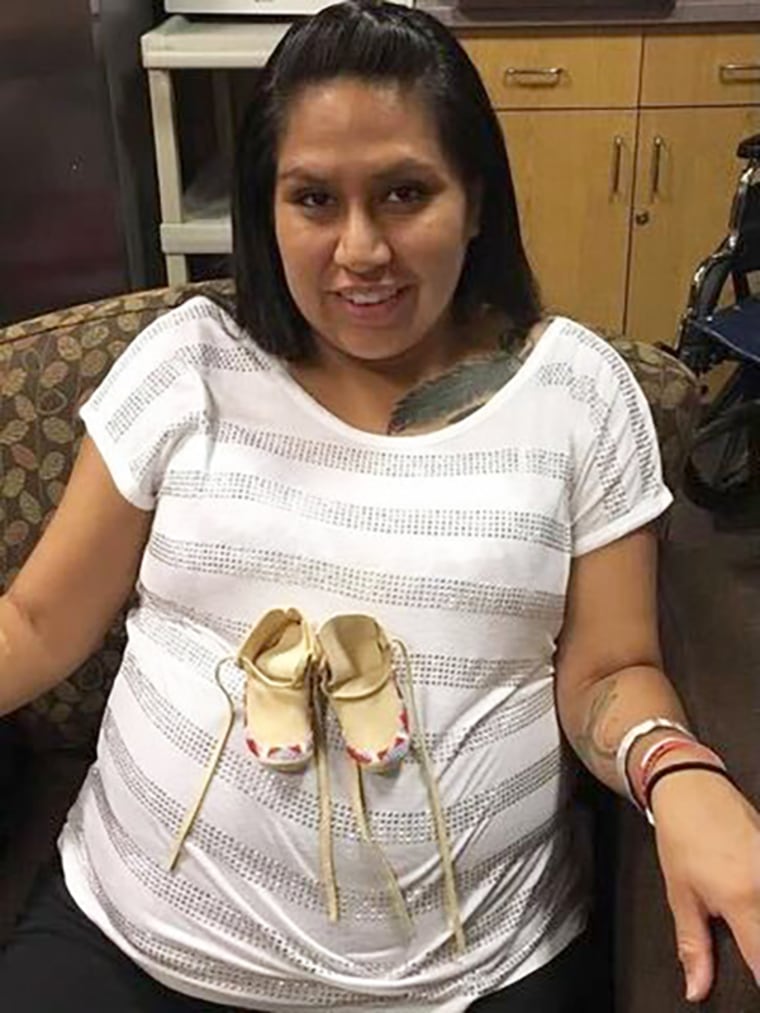There is an increasing number of expectant mothers who are compelled to travel further to give birth, or who choose not to get any prenatal care at all.
According to a March of Dimes research released on Tuesday, more than one-third of American counties (35.1%) are considered “maternity care deserts,” meaning they lack a single obstetrician, nurse, midwife, or medical facility that specializes in providing maternity care.

When the data for the new study was gathered in 2022, there were over 2.3 million women of reproductive age living in one of these counties, an increase from 2.2 million in 2020.
These counties had an increase in births as well, going from 146,000 to over 150,000.
Ashley Stoneburner, the principal report author and head of applied research and analytics at the March of Dimes, stated that “it’s getting worse over time.”
According to her, the results partly mirror the rising number of hospital obstetric unit closures. According to the research, almost 1 in 25 hospital maternity units closed between 2021 and 2022.
According to Stoneburner, “obstetric units are frequently the ones that get closed first because hospitals are not making enough money.” “We hear this all the time.” The National Center for Health Statistics revealed this month that from 2022 to 2023, the proportion of women not receiving prenatal care increased by 5%.
Additionally, there is evidence that the issue is escalating in the wake of Roe v. Wade’s 2022 reversal by the Supreme Court. According to a July Commonwealth Fund analysis, women who reside in states with restrictive abortion laws are less likely to be able to find an OB-GYN. Obstetricians and gynecologists were finding that these regulations were pushing them away, according to a previous poll.
Dr. Tracey Wilkinson, an associate professor of pediatrics at Indiana University School of Medicine, stated that “there has been a mass exodus.” She went on, calling the March of Dimes study “terrifying” as it indicates that things are about to grow worse.
The Midwest and Southeast, which are home to the majority of the nation’s harshest abortion laws, also tend to be the states with the largest number of maternity care deserts.
These states include the Dakotas, Arkansas, Missouri, Oklahoma, and up to seventy-five percent of the counties in these states do not provide obstetric care.
In line with earlier research indicating that these regions often have worse rates of maternal and newborn death, the current study also discovered that women residing in maternity care deserts have a 13% higher risk of premature delivery.
Alaska, Hawaii, and Montana were the states where expectant mothers had to travel the furthest to receive medical maternity care.
Because Montana is a large state, we’re used to needing to travel. According to Colstrip, Montana resident Vania Biglefthand, 40, “everything is wide range.” “Until something like this happens, we really don’t realize the hardship.”
In 2017, Biglefthand’s water broke at 29 weeks pregnant with her third kid. All she could do was hop in her car and drive two hours to the closest birthing hospital in Billings in order to obtain assistance.
Her six-year-old son was born in good health. However, Biglefthand recalls the lengthy travel as being unpleasant.
The main fear, she added, was whether she would be at the hospital in time. “You have to worry about gas money, animals on the road, and road conditions if a storm were to hit,” she said.





